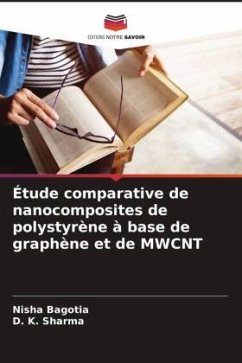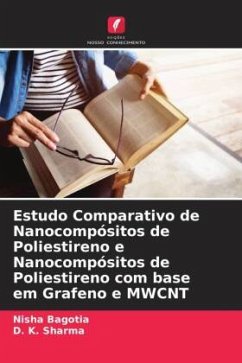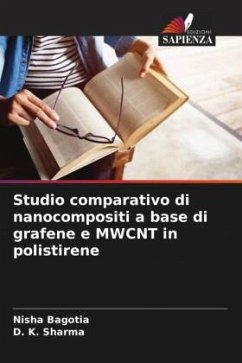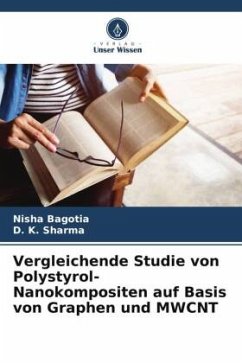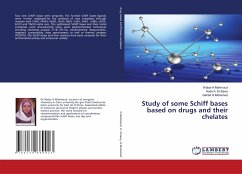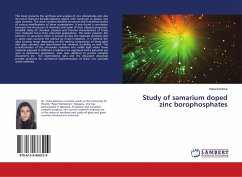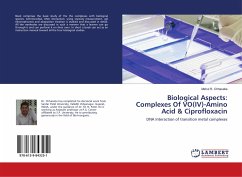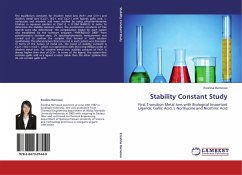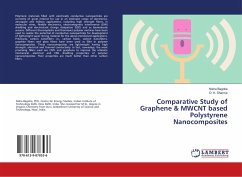
Comparative Study of Graphene & MWCNT based Polystyrene Nanocomposites
Versandkostenfrei!
Versandfertig in 6-10 Tagen
27,99 €
inkl. MwSt.

PAYBACK Punkte
14 °P sammeln!
Polymeric materials filled with electrically conductive nanoparticles are currently of great interest for use in an extensive range of electronics, aerospace and military applications, including high strength fibres, in molecular wires, flexible electronics, electromagnetic interference (EMI) shielding and electrostatic charge dissipation (ESD) and as biomolecule sensors. Different thermoplastic and thermoset polymer matrices have been used to realize the potential of conductive nanoparticles for development of lightweight super strong material for the above-mentioned applications. Previously,...
Polymeric materials filled with electrically conductive nanoparticles are currently of great interest for use in an extensive range of electronics, aerospace and military applications, including high strength fibres, in molecular wires, flexible electronics, electromagnetic interference (EMI) shielding and electrostatic charge dissipation (ESD) and as biomolecule sensors. Different thermoplastic and thermoset polymer matrices have been used to realize the potential of conductive nanoparticles for development of lightweight super strong material for the above-mentioned applications. Previously, carbon nanofillers i.e., carbon black, carbon nanofibers, graphite fibers and glass fibers have been used as filler in polymer nanocomposites. These nanocomposites are lightweight having high strength, electrical and thermal conductivity. In fact, nowadays, the most promising fillers used are CNTs and graphene to improve the ultimate mechanical, electrical and EMI shielding properties of polymer nanocomposites. Their properties are much better than other carbon fillers.



